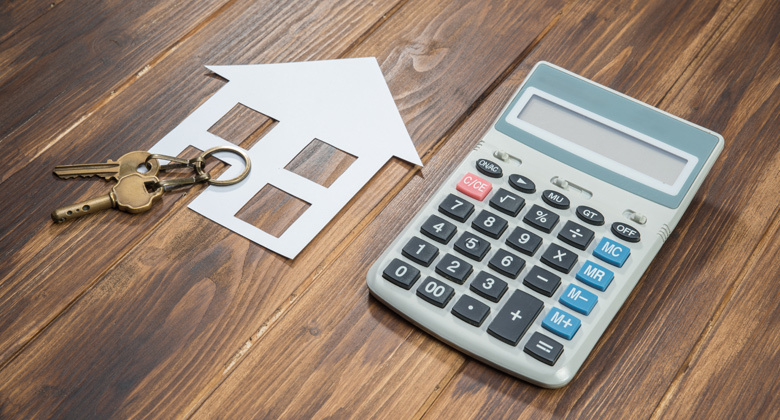Many factors can and should go into determining the right price for you and your renters — ultimately, getting the best ROI is the goal, and sometimes this might mean securing an amazing long-term renter at a lower rent price.
Determining the right price for renters can be a challenging task, and is something I consider more of an art than a science. Rent trends across the United States fluctuate every year depending on the economy and rental markets. In 2018 , in 29 states rent went up, whereas rent decreased in 22 states and remained the same in just one.
Many factors can and should go into determining the right price for you and your renters — ultimately, getting the best return on investment (ROI) is the goal, and sometimes this might mean securing an amazing long-term renter at a lower rent price. The return might not be as good from the get-go, however, long-term renters have great potential value because the cost of renter turnover can be high, especially if it is more frequent. Here are some methods to determine the optimal rent price along with pros and cons for different situations.
How To Determine The Right Rent Price
Filling vacancies can be a somewhat stressful thing for landlords, especially if you have already put in a lot of time and money into your property. Therefore, choosing the best rent price is important to make sure you’re profitable while also attracting great tenants. If you price your rental too high, you could potentially have extended vacancies; if you price it too low, the strength of the investment weakens. So then, how should you determine the price of your rental? There are a variety of professional rent comparison reports you can purchase that will help you learn more about the area and will save you time, but here are some of the more traditional ways to set rent. Combining all methods will likely garner the best results.
1. Market rate formula: This is a traditional and straightforward method where you take the value of your home and charge between 0.8% and 1.1% of the home’s value. However, you will want to take the housing market in your location into consideration as well.
2. Compare rent prices in your area: Comparing prices combined with the market rate formula is an ideal option to determine your own. Looking at different listing sites with similar layouts to your property will be an excellent indication to see if you are in the right ballpark. For example, the number of bathrooms and bedrooms, pet policies, amenities, parking, age and appliances are all assets you need to consider when looking at other properties. If yours includes better amenities or is bigger, then you should adjust the price of rent accordingly.
3. Free tools for rent estimates: Sites such as City-Data.com and HUD.gov are helpful in providing rental data and education about your local markets. Doing basic research about the rental market in your town and state will educate you about the process and help you determine your rent prices. If anyone questions your pricing, you will have data to back up your decision.
Source: Forbes

